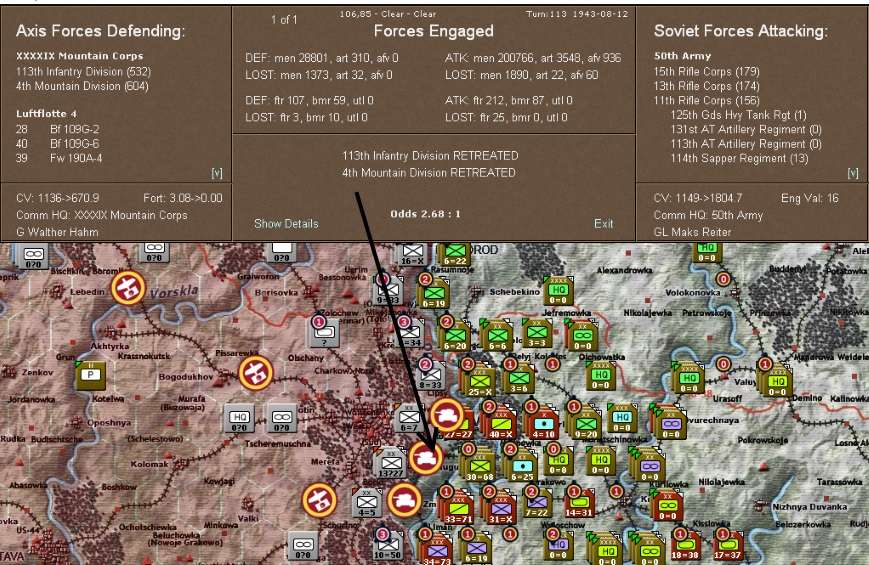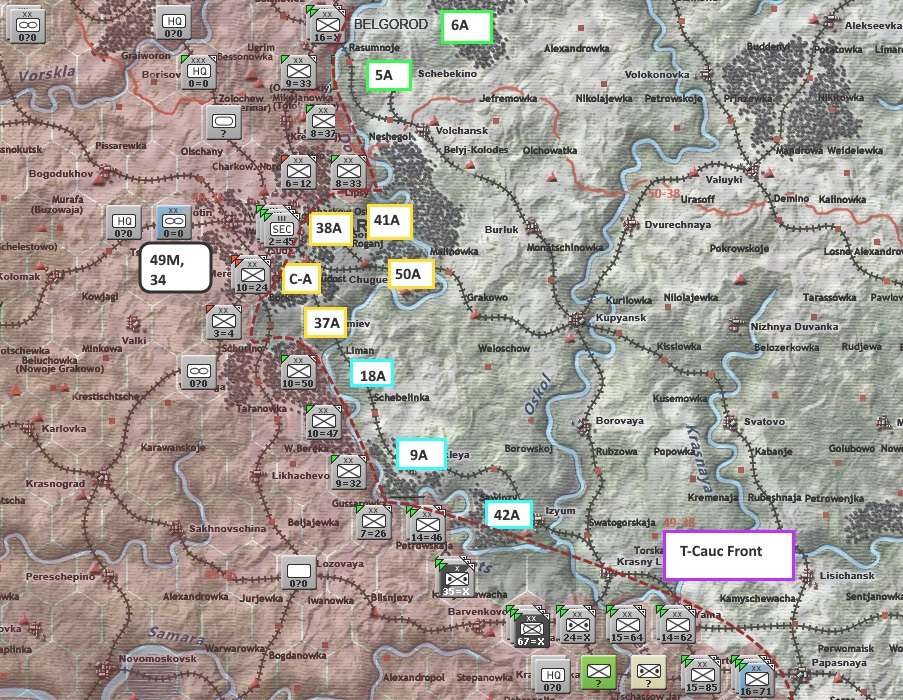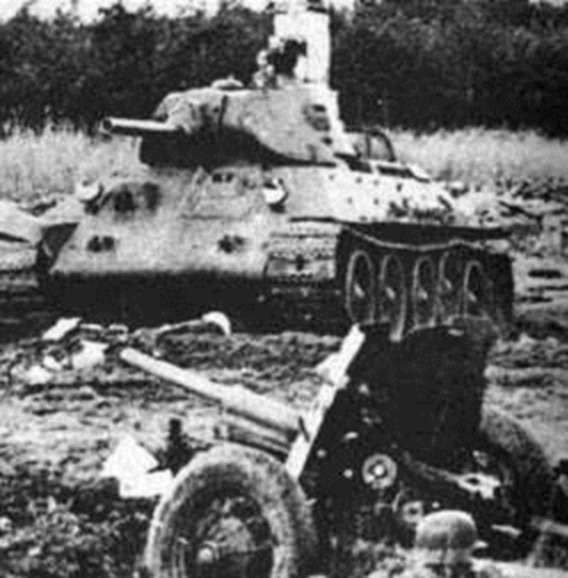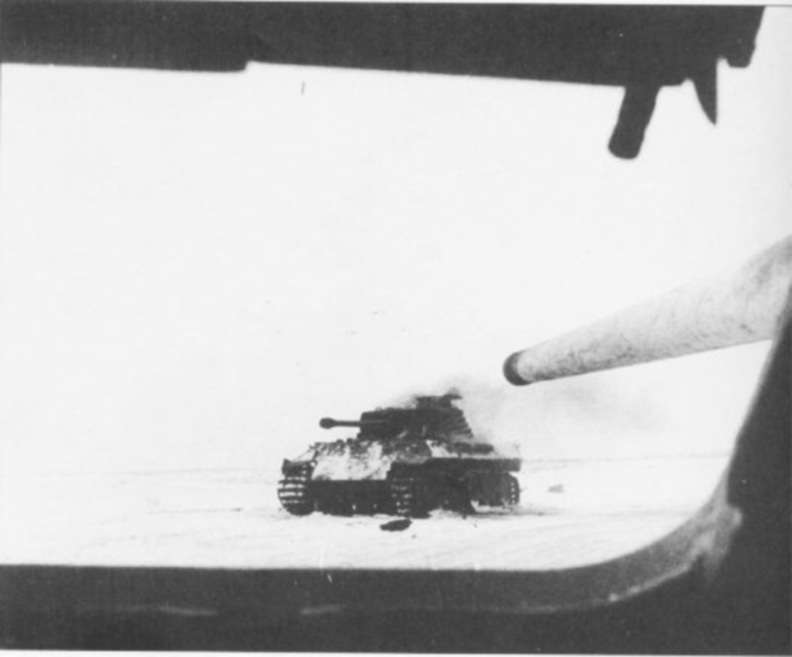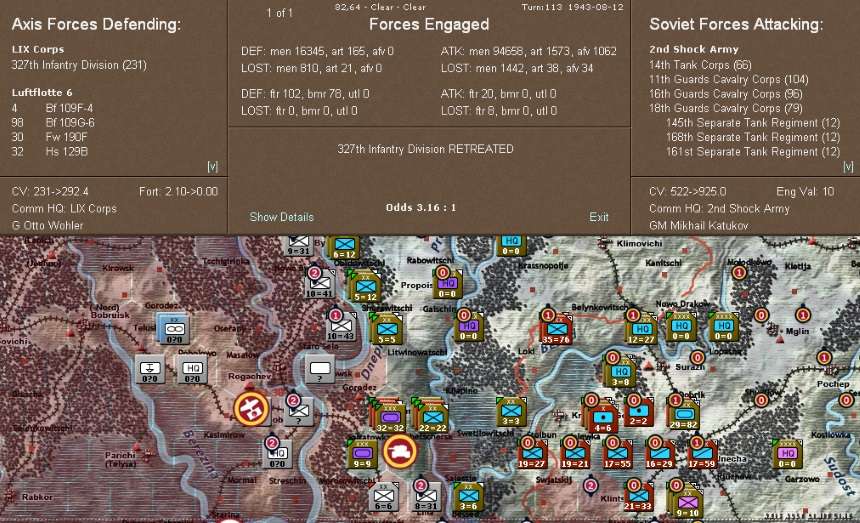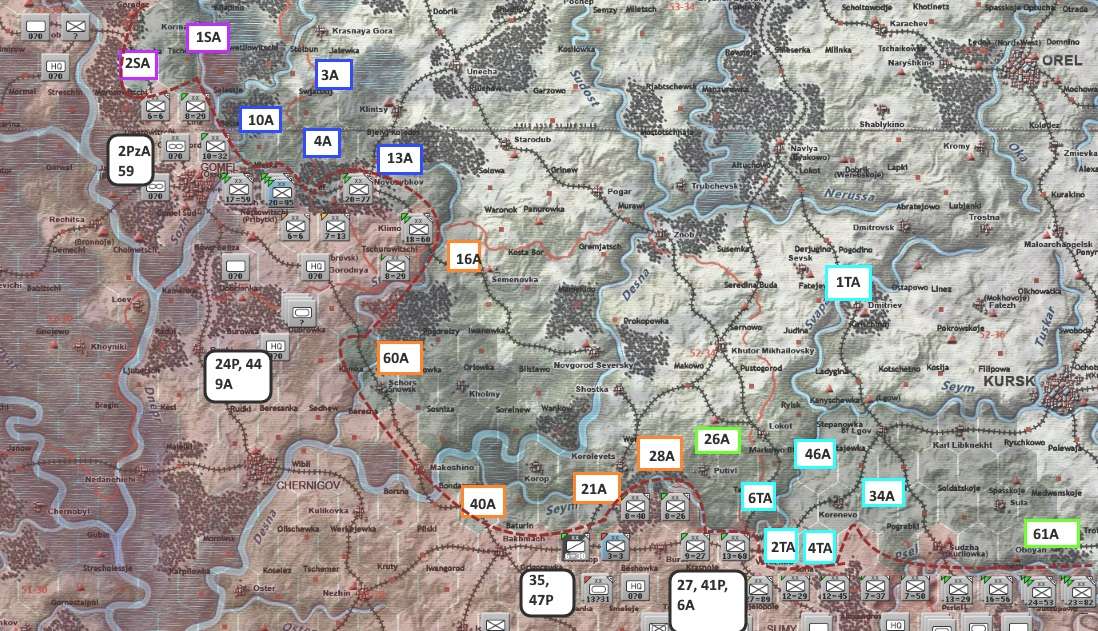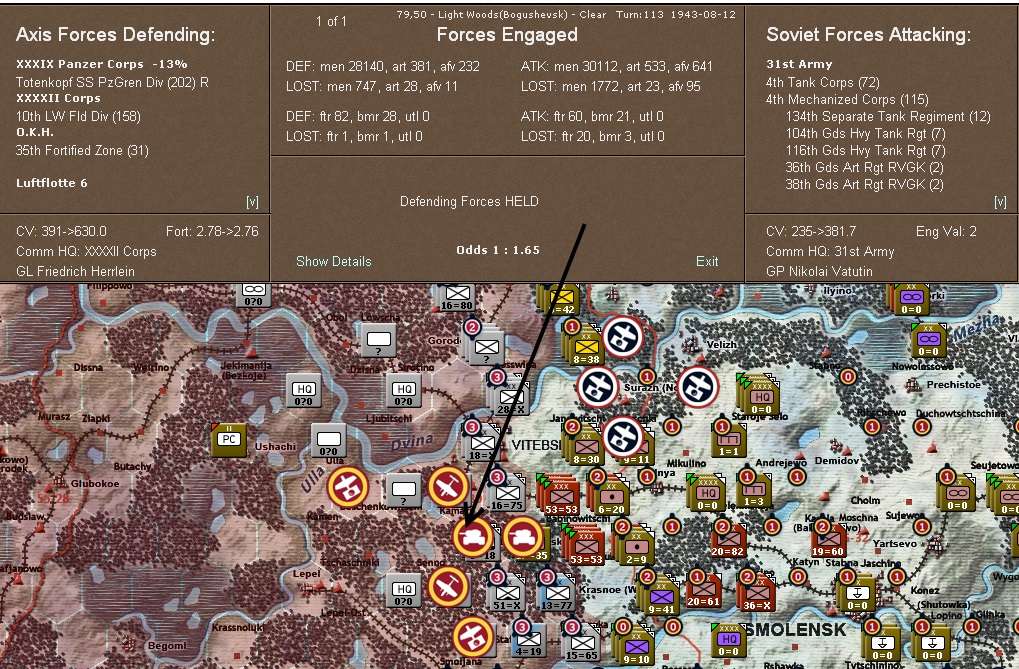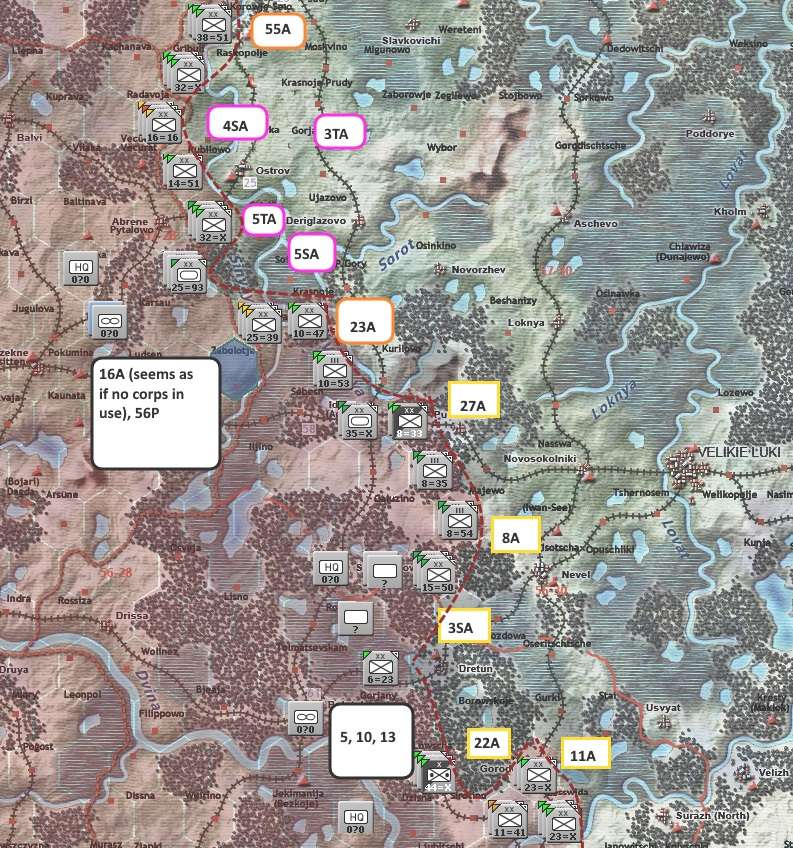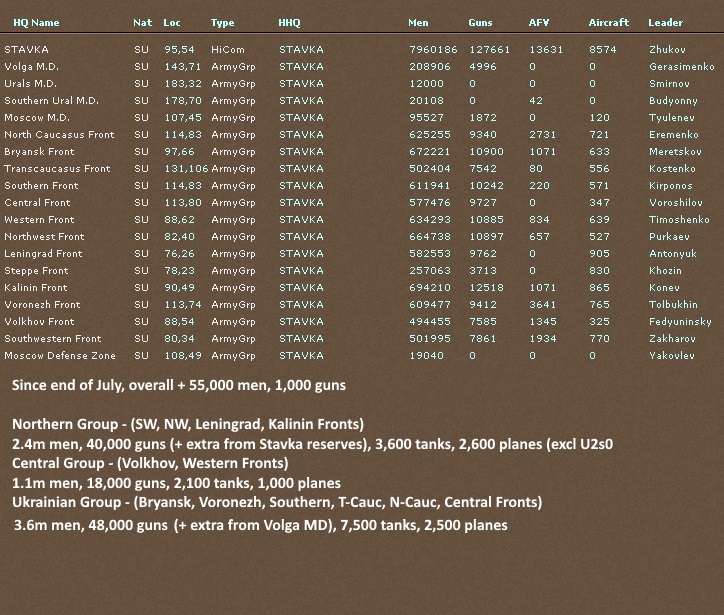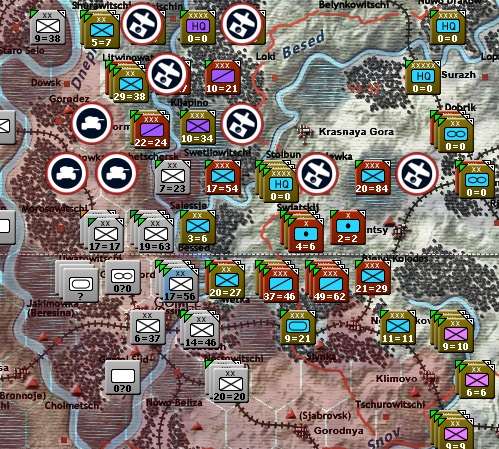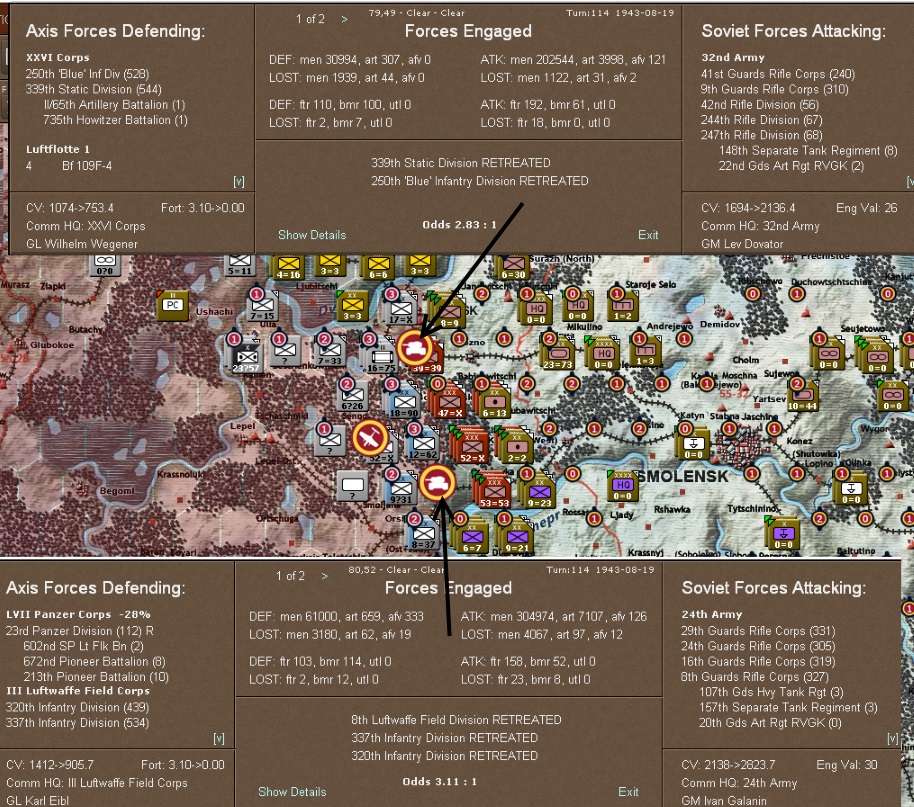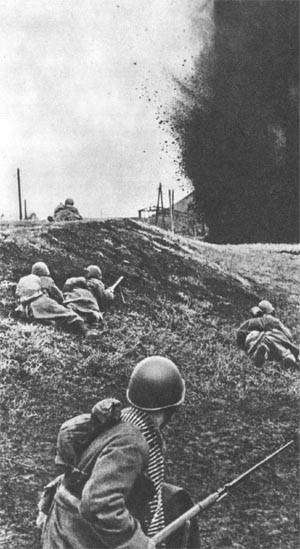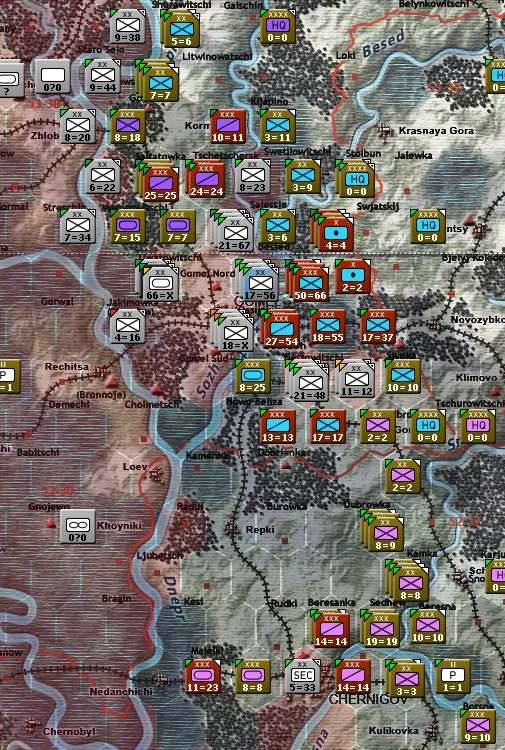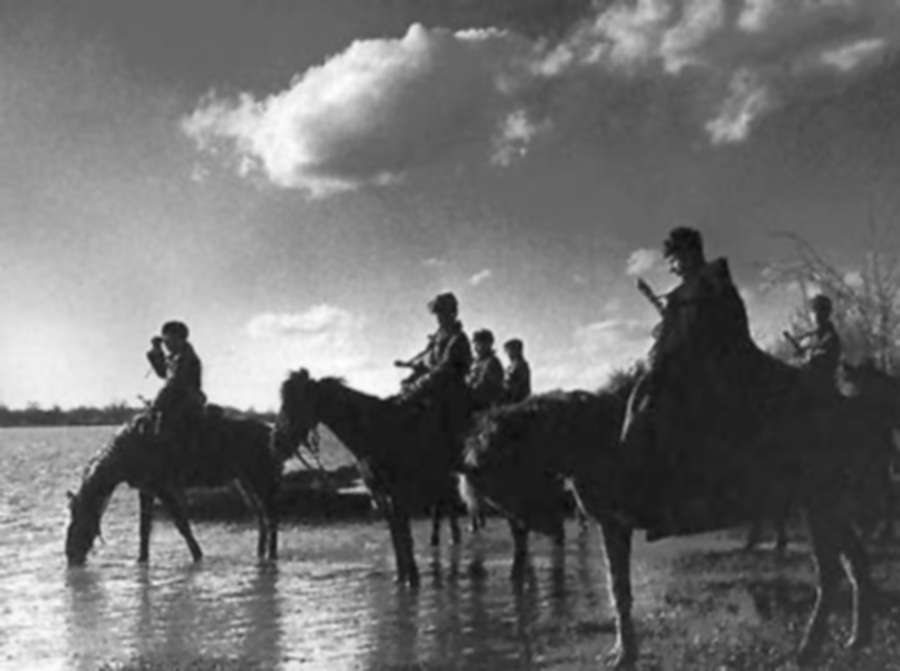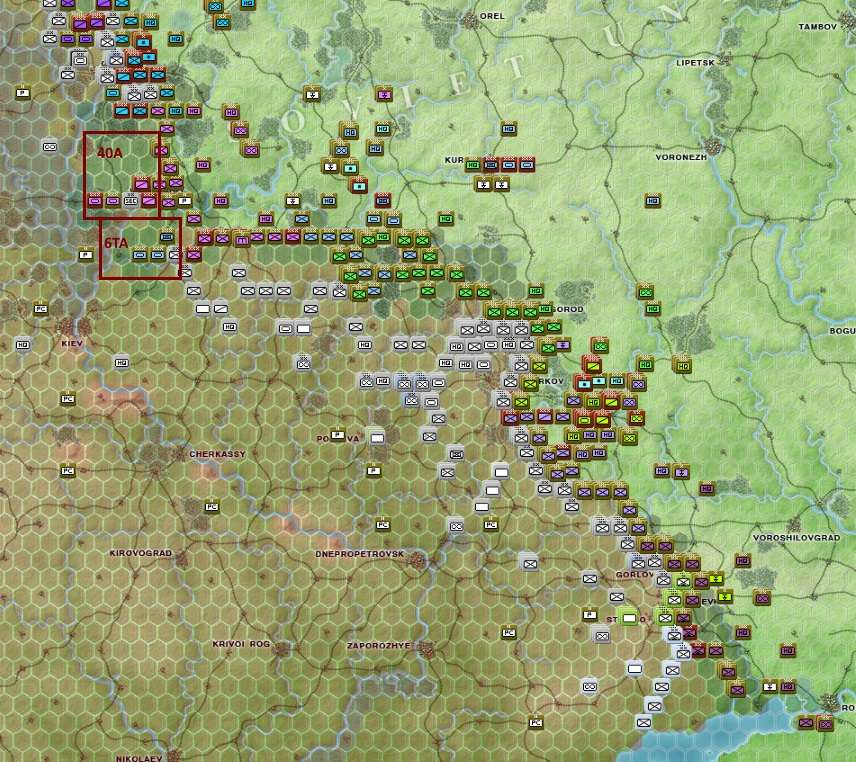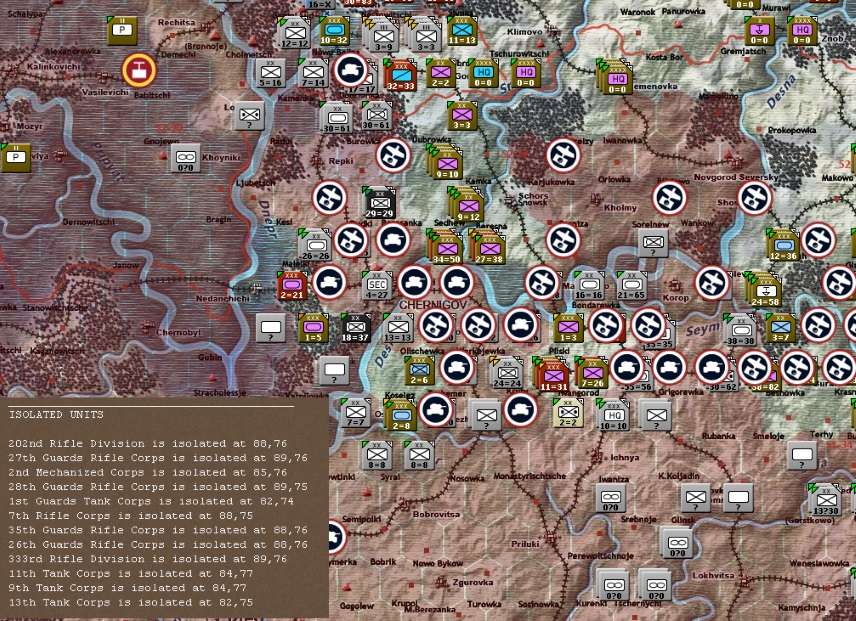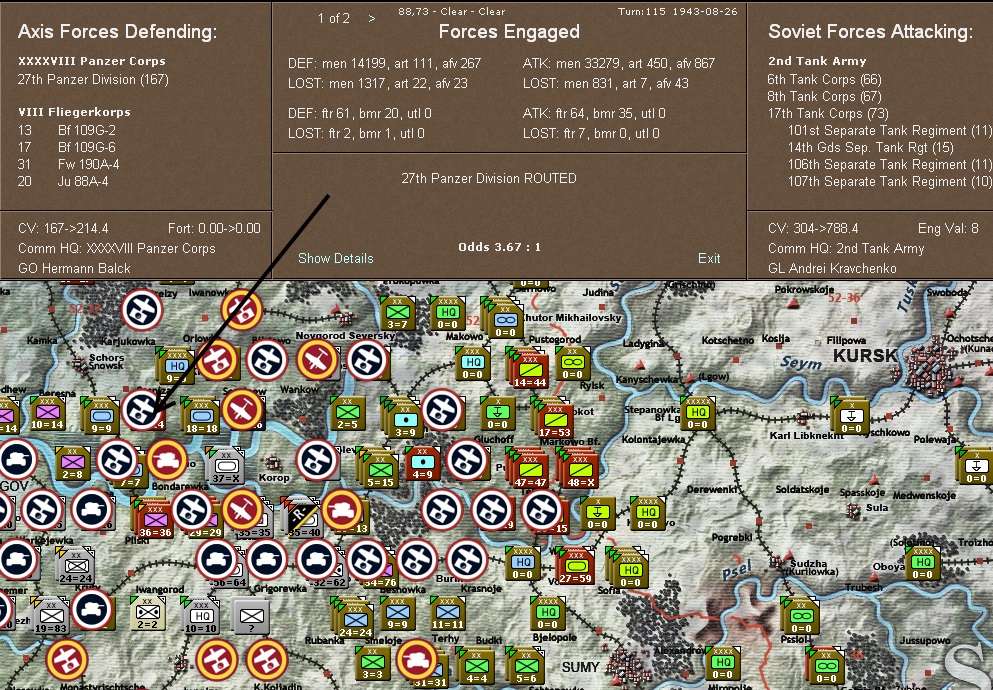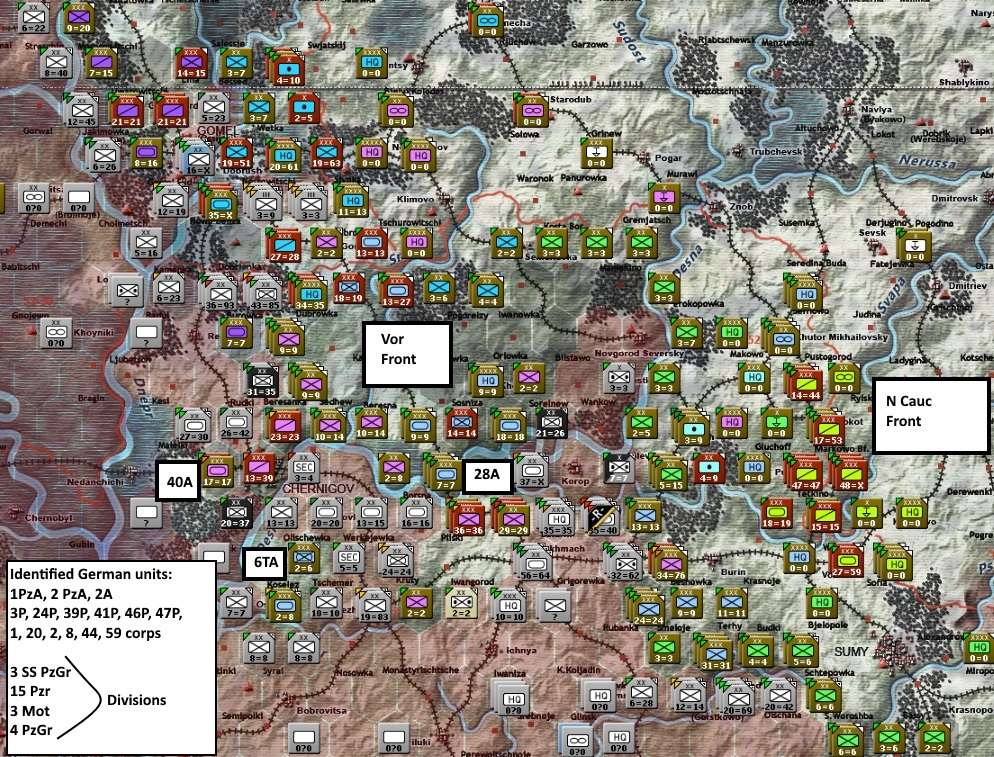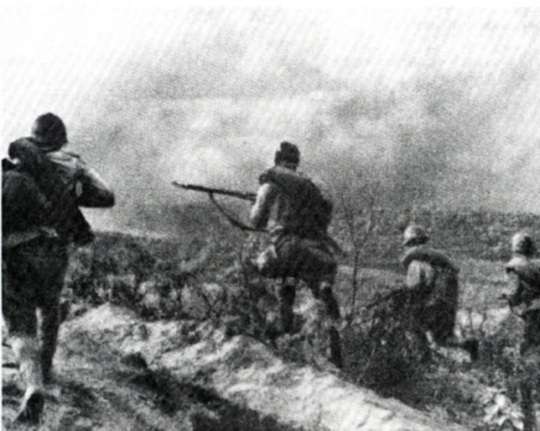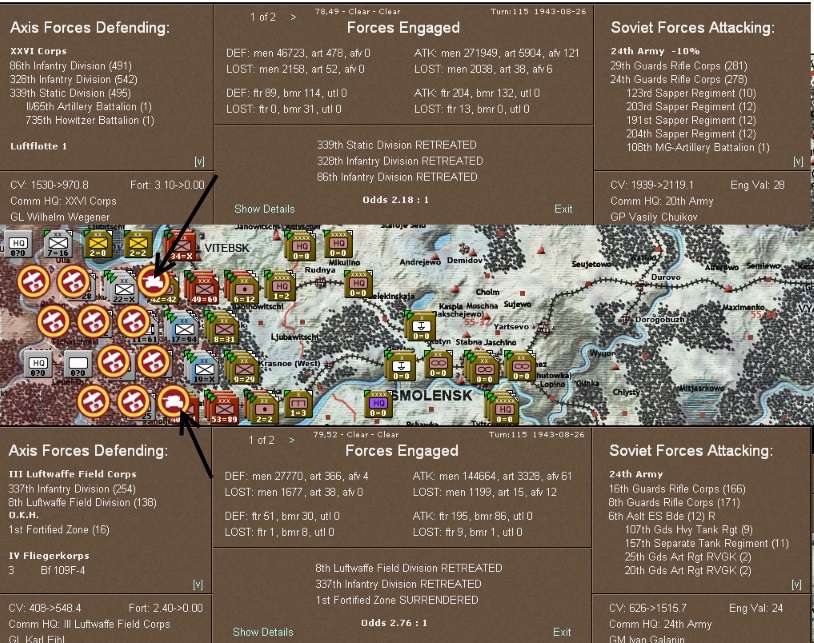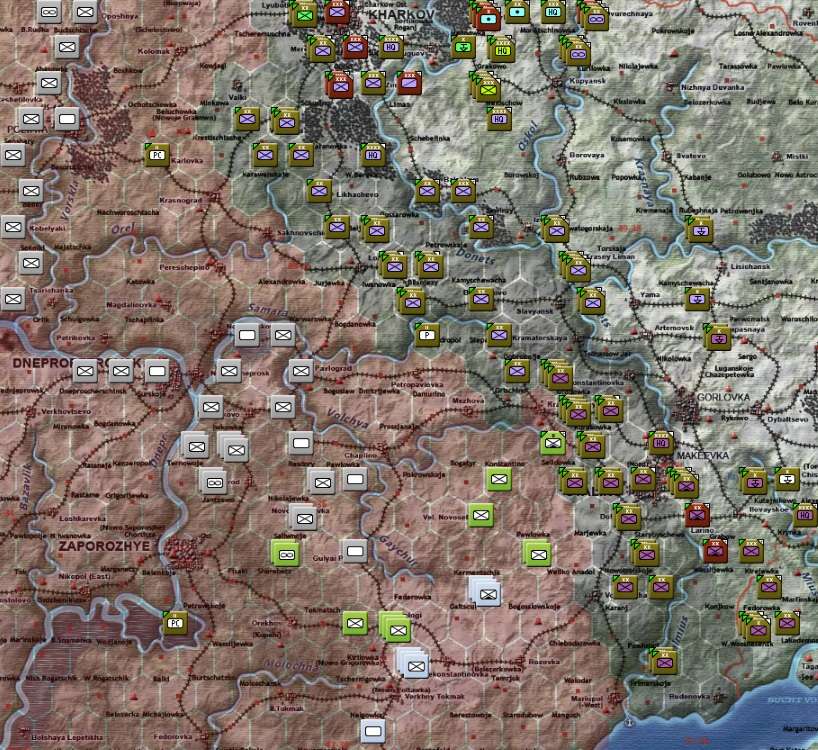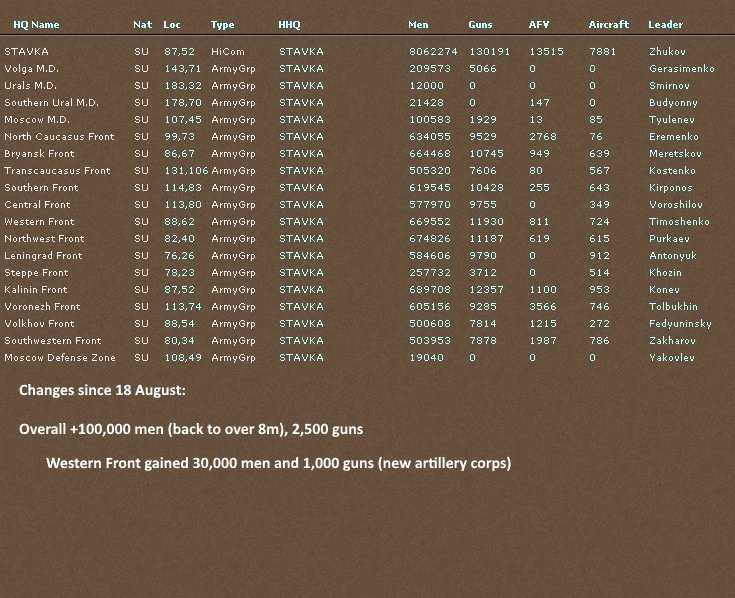Turn 116: 2 – 8 September 1943
The Germans carried on their massive counter-attack at Gomel-Chernigov. This time more of 40 Army was cut off and 28 Army was again isolated. 6 Tank Army was destroyed.
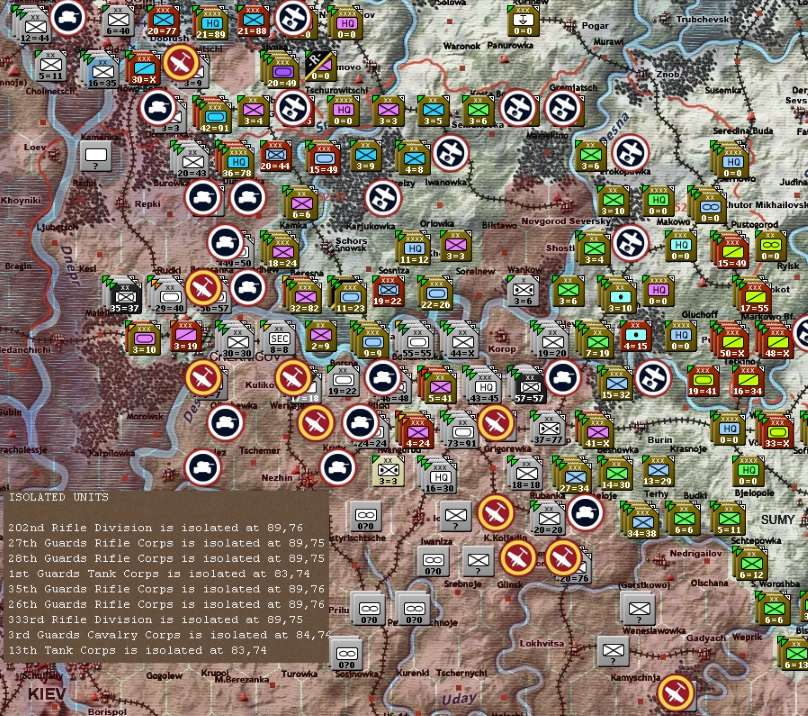
[1]
Two major relief operations were launched. Voronezh and Western Front tried to carve a way through the German defences north of Chernigov. Despite inflicting heavy losses, they were unable to break through to the trapped units. The critical battle was the failure of 2 Tank Army to dislodge 39 Panzer Corps just north of Chernigov.
To the east, the Combined Arms Armies of Voronezh and Bryansk Fronts tried to reach 28 Army. Again, the Germans took substantial losses but were able to bring the Soviet offensive to a halt short of its targets.
Stavka then ordered North-Caucasus Front into action between the Pselm and Sula rivers. This was an attempt to take advantage of the commitment of the German reserves to Chernigov and to try and disrupt any attempt by the Germans to make a stand east of the Dneipr.
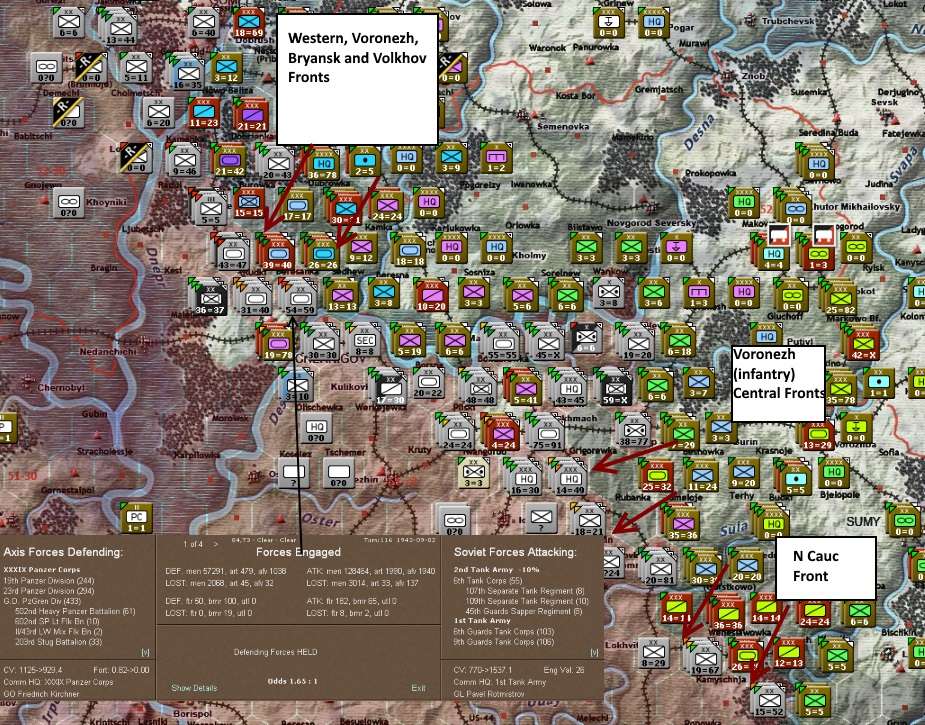
Despite this, the battles between Orsha and the Dvina were of more importance in the longer term.
The Soviet spearhead west of Orsha just managed to fend off a massive German attack. Critically the German counter-stroke was undermined by a lack of available Panzer formations and poor communications between the different attacking formations.

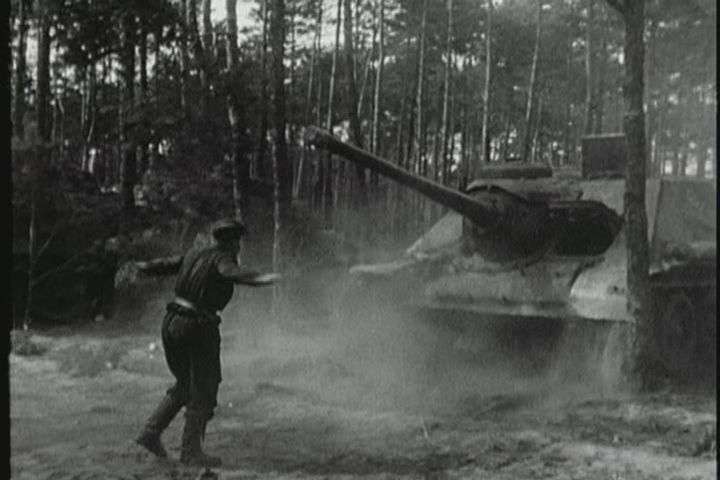
(SU-85 taking up a defensive position west of Orsha)
In turn, Kalinin Front stormed Orsha, undermining the German defences on the upper Dneipr, even if the Front suffered a rare defeat when it tried to outflank the German lines to the north.
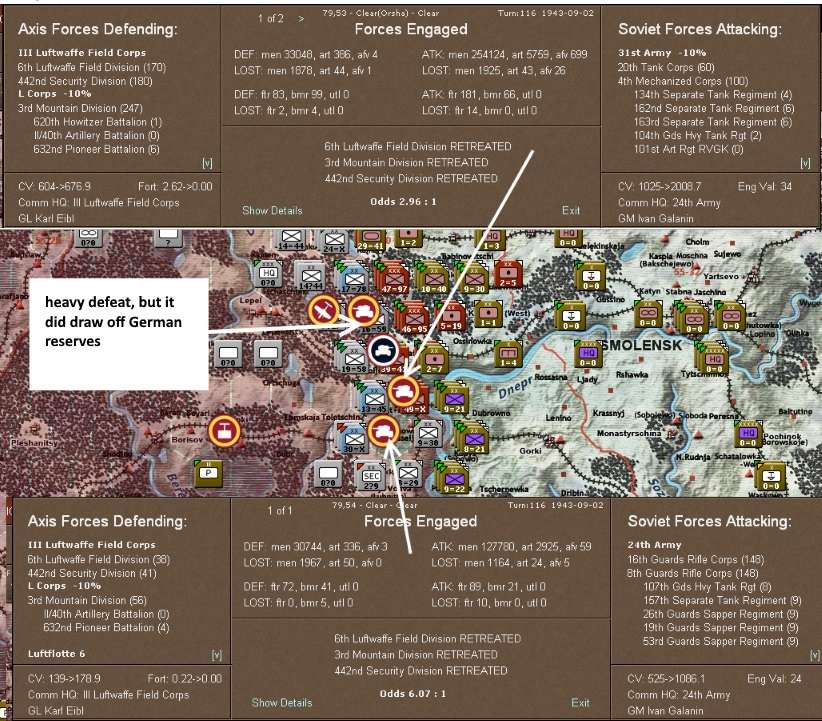
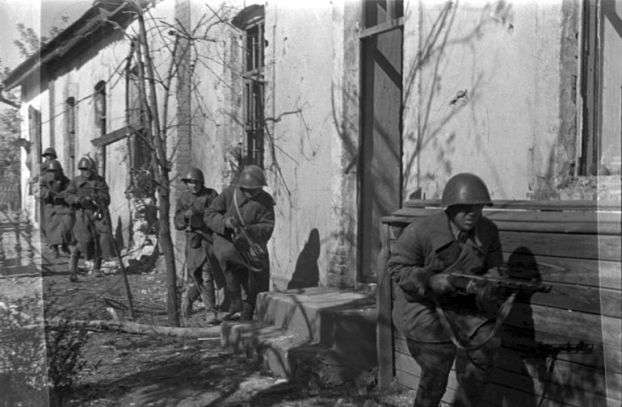
(Soviet infantry fighting in Orsha)
Overall the summer battles had shifted the advantage to the Soviets. Formations that had started the summer fighting near the Don or the Oka were now approaching the Dneipr and the Berezina. In the north, the German front line was no longer anchored on Novgorod but stretched along the Dvina/Dauga. However, as at Chernigov, it was clear the Wehrmacht was not beaten and that over-confident Soviet offensives ran the risk of a major defeat.
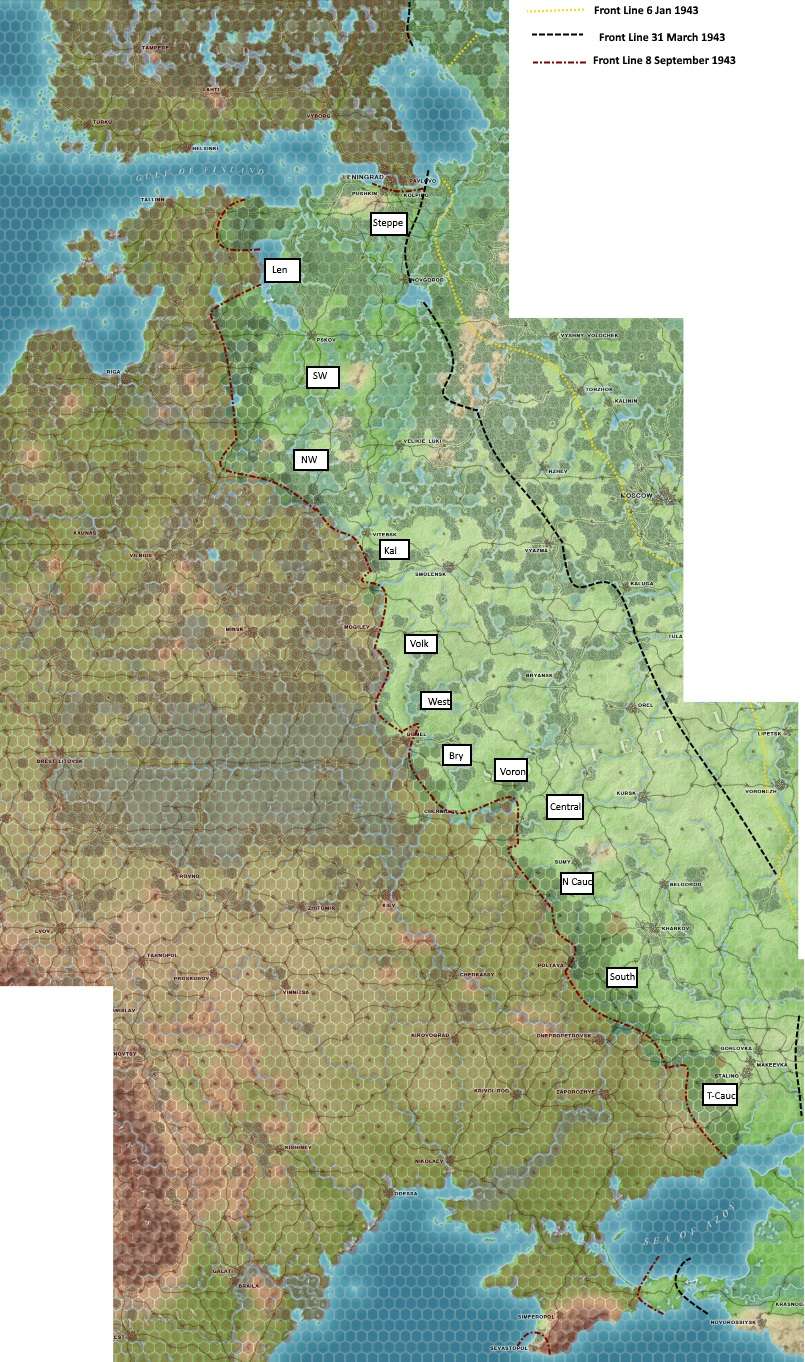
The substantial geographical gains had been bought at a high price. The Red Army had seen almost 500,000 men killed and a further 300,000 permanently injured (Axis losses were 220,000 and 200,000 respectively). The Soviet armoured formations had take brutal losses of nearly 6,500 tanks and self-propelled guns. For this, the Germans had lost close to 1,000.
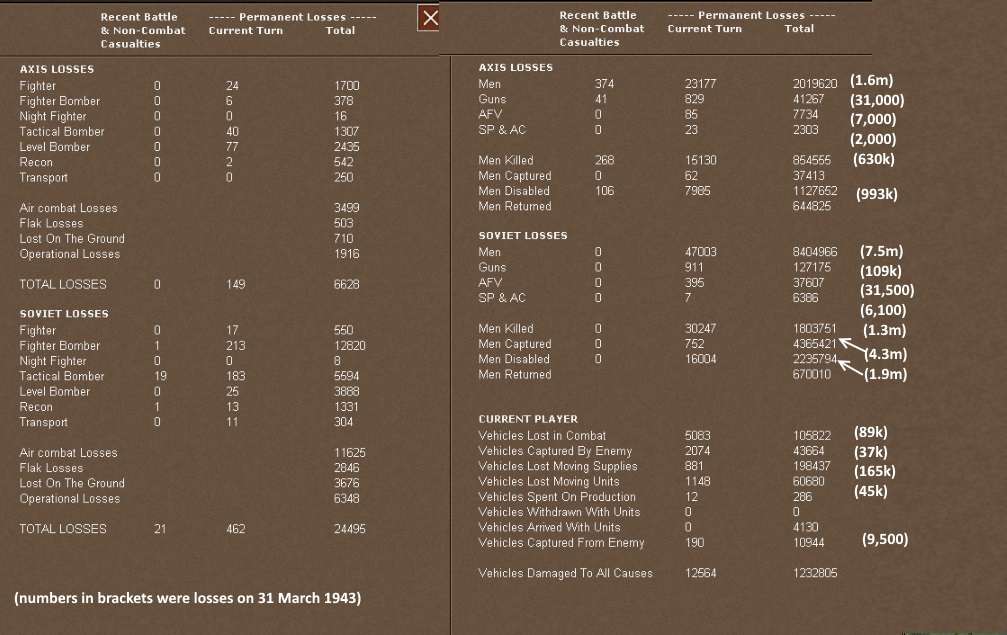
In terms of overall numbers, despite the heavy losses the Axis armies (apart from the loss of thei Italian contingent) were as strong as at the end of the winter battles. The only difference was that the Germans were now more reliant on their allies and the Finns were effectively isolated from the main battlefields.
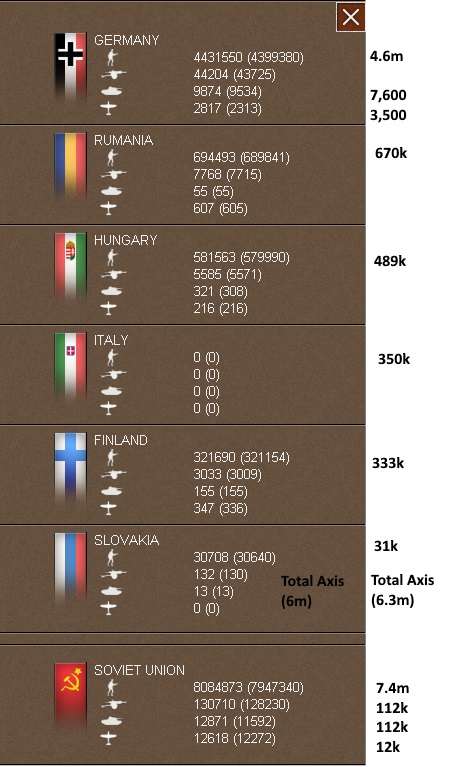
Soviet industry continued to support the growing Red Army, assisted by the welcome increase in the number of lend-lease trucks (for comparison I had just under 92,000 in the pool at the end of March).
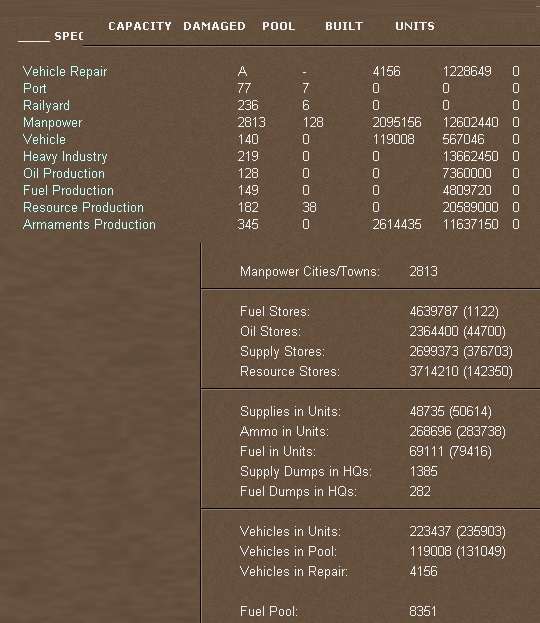
Also both on ground and in the air, the Soviet forces continued to modernise.

The main problem with the available tanks was that the T34/76 was now badly outclassed. The new Su-85 and the few KV-85s were an attempt to give the tank and mechanised formations more firepower to cope with the heavier German tanks.
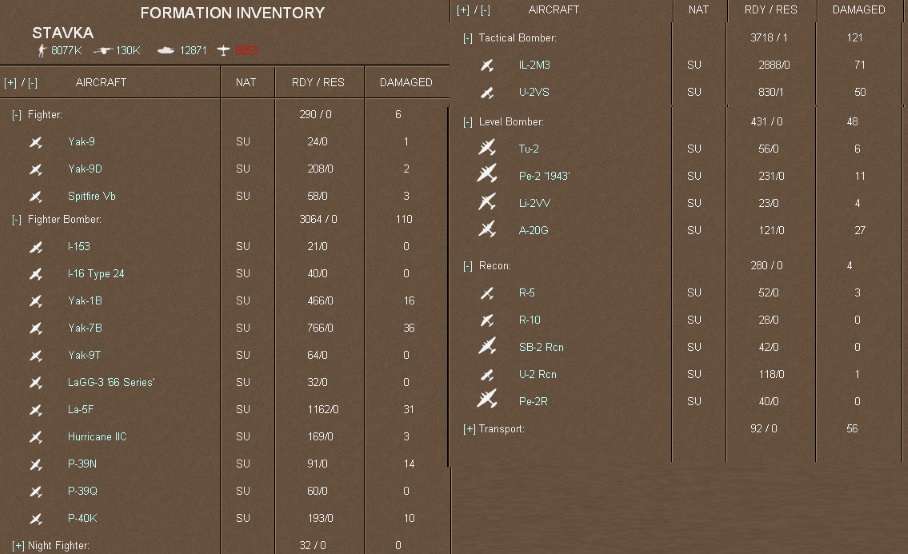
[2]
[1] With hindsight, last turn I think I should have just concentrated on protecting 28 Army (I had enough units to do this) but the temptation to try and rescue the other cut off units was too much. On the other hand, the Germans have paid a high price for this victory and while I have lost some good units, I can mostly replace them fairly quickly.
[2] I'm running out of recon planes, hence the usage of R-5 and R-10s. One grumble is with the modelling of the Yak-9T. It was designed as a more agile tank destroyer than the Il-2 but you can't use it in that role, as a conventional FB its actually slower and less mobile than most of the other modern fighters, especially the rather good La-5F.
